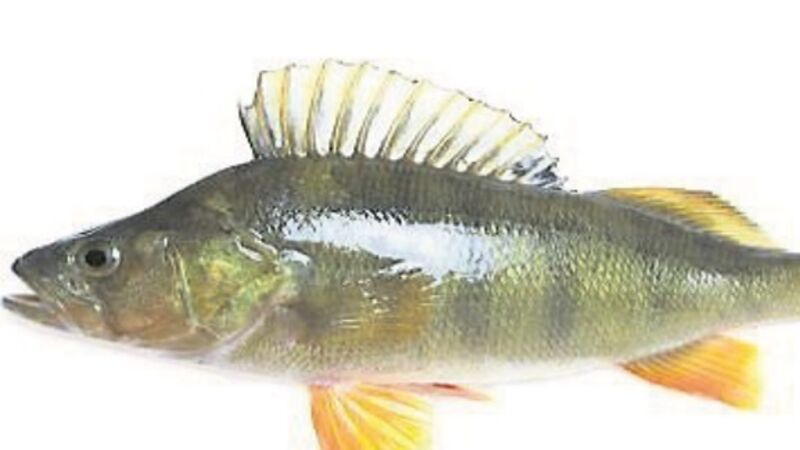Why I’m a sucker for perch

I’ve been an angler all my life and I’ve fished for a huge range of species in salt and fresh water. But at different times in my life I’ve been obsessed by different kinds of fish — for a while it was fly-fishing for trout, before that pollock fishing but recently I’ve become very fixated on perch.
If you want to catch a particular species of fish it’s a good idea to learn as much about them as you can, so I’ve been studying perch. They have large eyes and huge mouths and this is because they’re predators. Once they reach a certain size they live almost exclusively by catching smaller fish.
They hunt them by sight and the large eyes are an adaptation which gives them an advantage over their prey, particularly in low light conditions. So in rivers, streams and canals perch are more likely to be out hunting at dawn and dusk when they can spot other fish before they are spotted. In larger lakes they will withdraw to the depths, where there is less light penetration, on bright days.
Perch have very large mouths because they have an unusual method of catching their prey, quite different to other Irish freshwater predators. Unlike pike, for example, they have very insignificant little teeth so they don’t try and grab prey across the body. Instead they sneak up from behind and suck very hard, engulfing the smaller fish tail first into that cavernous mouth.
They’ll use this technique on remarkably large prey, sometimes up to about a third of their own body weight. Most anglers have had the experience of a small perch attacking a very large lure, usually intended for pike.
Perch have two dorsal fins and the front one is reinforced with long, sharp spines. There is also a spine on the rear of each gill cover. These spines are not poisonous like those of a weever fish but they can draw blood if the fish is handled carelessly and the puncture wound can become infected.
Fairly obviously these spines are there to deter larger predators from grabbing at them, in much the same way that the spines on a holly leaf are there to deter browsing animals. Perch have quite a lot of enemies — herons, grebes, otters, mink, pike, to name just a few — but I believe that the main enemy these spines protect them from is larger perch.
Perch are cannibals but the very large mouth and gullet that evolution has bestowed on them to help them catch fish comes with one disadvantage.
If you look at an anatomical diagram of a perch you will notice that as the mouth enlarged it got very close to several vital organs, including the heart and brain. This means that trying to swallow anything with long spines hard enough and sharp enough to penetrate the mouth walls is quite likely to cause serious injury or even death.













